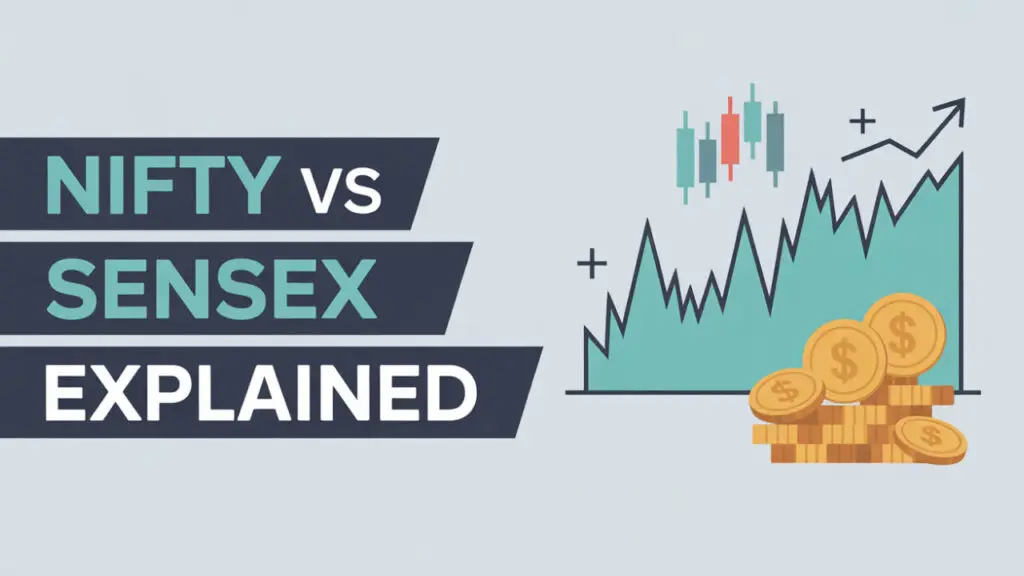
Understanding Mutual Funds
A mutual fund is an investment vehicle that aggregates capital from multiple investors to purchase securities such as stocks, bonds, and commodities. Managed by professional portfolio managers, these funds aim to achieve specific financial goals, whether capital appreciation, income generation, or preservation. Investors own shares proportional to their contributions, with returns reflecting the fund’s overall performance.
A Brief History
The concept of pooled investments dates to the 18th century, but the first modern mutual fund, the Massachusetts Investors Trust, emerged in 1924. Post-World War II, mutual funds gained popularity as middle-class households sought accessible investment avenues. Today, global mutual fund assets exceed $50 trillion, underscoring their role in personal and institutional finance.
How Mutual Funds Work
- Structure and Management:
Mutual funds are operated by asset management companies (e.g., Vanguard, Fidelity). Fund managers make buy/sell decisions aligned with the fund’s objectives, such as growth or stability. - Net Asset Value (NAV):
The price of a mutual fund share is determined by its NAV, calculated daily as: NAV=Total Assets – LiabilitiesNumber of Shares OutstandingNAV=Number of Shares OutstandingTotal Assets – Liabilities - Diversification:
By investing across sectors and asset classes, mutual funds mitigate risk compared to individual stock picking.
Types of Mutual Funds
1.Equity Funds:
Invest primarily in stocks. Subcategories include:
Large-gap: Established companies (e.g., Apple, Microsoft).
- Small-Cap: Emerging firms with growth potential.
- Sector-Specific: Focus on industries like technology or healthcare.
- Debt Funds:Target fixed-income securities (e.g., government bonds, corporate debt). Ideal for conservative investors seeking steady income.
- Hybrid Funds:
- Blend equities and bonds to balance risk and return.
- Index Funds:
- Mirror market indices (e.g., S&P 500) with low fees. Popularized by John Bogle’s Vanguard 500 in 1976.
- Money Market Funds:
- Short-term, liquid investments in Treasury bills or certificates of deposit.
- International/Global Funds:
Invest in foreign markets for geographic diversification.
Advantages of Mutual Funds
- Professional Management:
Skilled managers analyze markets, saving investors time and effort. - Diversification:
Reduces risk by spreading investments across assets. - Accessibility:
Low minimum investments (e.g., $100) allow broad participation. - Liquidity:
Shares can typically be redeemed on any trading day at current NAV. - Flexibility:
Options like Systematic Investment Plans (SIPs) enable regular, disciplined investing.
Disadvantages and Risks
- Fees and Expenses:
Management fees (expense ratios), sales loads (commissions), and other costs can erode returns. Expense ratios average 0.5%–1.5% annually. - Market Risk:
While diversification helps, mutual funds remain vulnerable to economic downturns. - Over-Diversification:
Holding too many assets can dilute returns. - Tax Inefficiency:
Frequent trading within funds may trigger capital gains taxes.
How to Invest in Mutual Funds
- Define Goals:
Align fund choices with objectives (e.g., retirement, education). - Assess Risk Tolerance:
Equity funds suit risk-tolerant investors; debt funds appeal to conservatives. - Research Funds:
Evaluate past performance (cautiously), manager tenure, and expense ratios. - Complete KYC:
Submit identity/address proofs per regulatory requirements. - Choose Investment Mode:
Opt for lump-sum investments or SIPs for rupee-cost averaging.
Current Trends in Mutual Funds
- ESG Investing:
Environmental, Social, and Governance (ESG) funds attract ethically minded investors, with assets surpassing $2 trillion globally. - Passive Investing Surge:
Index funds and ETFs dominate due to low costs and consistent returns. - Technology Integration:
Robo-advisors (e.g., Betterment) use algorithms to recommend funds, simplifying decision-making. - Globalization:
Emerging market funds gain traction as investors seek high-growth opportunities.











Leave a Reply